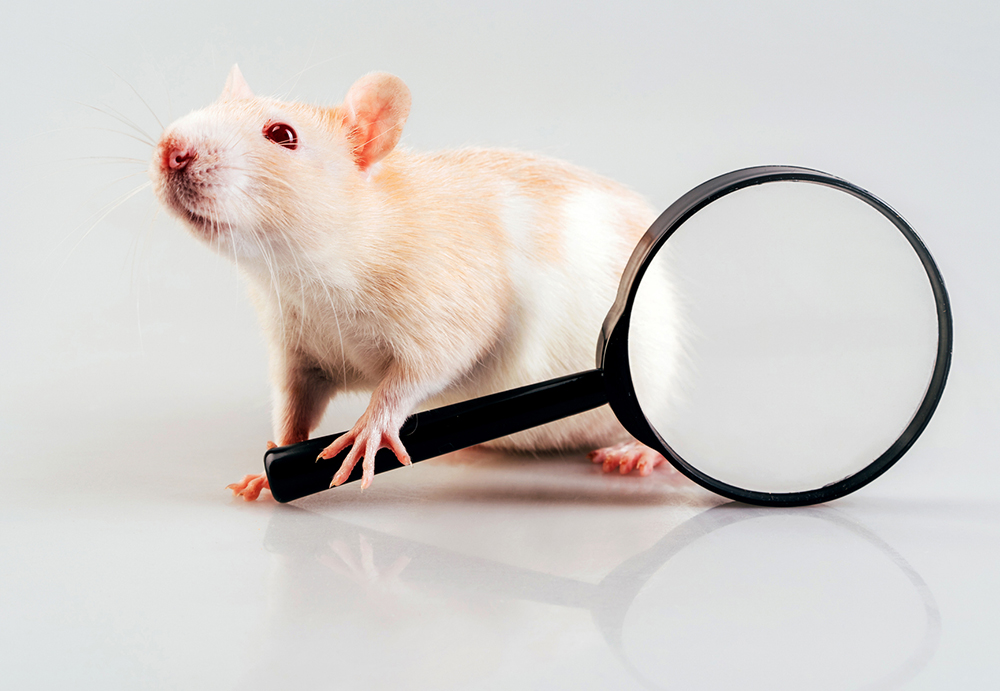Although spring is still some weeks away, here at the Truth in Labeling Campaign we’re not waiting to do our spring cleaning.
The first thing that needs to be cleaned up and tossed out is the idea that the safety of MSG is controversial.
Like everything else the “Glutes” put out to deceive you into believing that MSG is “safe,” claiming that the safety of MSG is controversial is part of their basic con.
The only “controversy” here is that the Glutes continue to say MSG is “safe” despite clear and copious data demonstrating MSG is toxic.
There really is nothing to debate. But being that selling MSG is their business, they work very hard on twisting the truth. Here are the facts of the matter:
1. The opinion that free glutamic acid (the active component in MSG) causes brain damage, is based on data amassed between 1969 and 2021 by neuroscientists studying the brain.
2. No data demonstrating anything to the contrary exist. Those who manufacture and sell MSG say that MSG is harmless or “safe” by pointing to studies that failed to find toxicity. That’s a big difference.
Here’s how it works:
- They claimed to have replicated studies of glutamate induced toxicity from the 1970s without finding toxicity, but they were not true replications. Rather, the methods and materials used in setting up studies and analyzing results prevented identifying evidence of MSG toxicity.
- From the 1980s until it was made public that they were using placebos in their double-blind studies that caused reactions identical to those caused by MSG test material, their claims of “safety” were based on studies that were rigged to exclude the possibility that MSG was anything but “safe.”
- Since being exposed, claims of safety now come from what’s called consensus meetings. These are meetings organized and paid for by the U.S. manufacturer of MSG or their agents where participants discuss the safety of MSG and publish the conclusion that they find it to be “safe.”
MSG is a toxic ingredient. There should be no question about the truth of the matter. In that sense, there really is no controversy.
The second thing that needs to be tossed is the notion that the FDA protects consumers.
With our interest in the toxicity of MSG, it is not surprising that we know a fair amount about industry/FDA collusion (https://www.truthinlabeling.org/assets/industrys_fda_final.pdf).
But industry’s control of the FDA reaches far beyond that. An opinion piece in the September 2, 2021 New York Times titled “America Desperately Needs a Much Better F.D.A.” gives some detail.
New year’s resolutions
1. Start thinking MfG
MSG is toxic as ever and you don’t want to forget that. But you need to also know that the poison in MSG is manufactured free glutamic acid (MfG). And MfG can be found in dozens of other ingredients, not just MSG. (https://www.truthinlabeling.org/assets/names_ingredients_linkedin.pdf).
If this seems confusing remember that the U.S. manufacturer of MSG has spent millions of dollars trying to confuse you and everyone else – and has been quite successful.
We’ve written about how that works previously.
2. Realize that you are not alone in reacting to MSG and MfG. Besides possibly suffering reactions, everyone is vulnerable to brain damage from ingesting MSG and MfG.
It’s likely that you, along with millions of others, have been conned into thinking that there’s something mentally wrong with you. You’re not just told that no one is sensitive to MSG. The big con is to get you – personally — to doubt yourself. You’re told that:
- if you were truly reacting to the glutamate in MSG, you’d also be reacting to the glutamate and beef and chicken and mushrooms and tomatoes. Here’s why that’s one of the big scams the Glutes push to make consumers doubt themselves. The glutamate in MSG is free glutamate. The glutamate in unadulterated beef, chicken, mushrooms and tomatoes is not free. It’s bound, tied in chains to other amino acids. Bound glutamate does not cause either brain damage or adverse reactions.
- If you think you are reacting to MSG, get tested by an allergist. That’s another one of their big scams. The reaction to MSG/MfG is not an allergic reaction. It’s a reaction to a poison, and an allergy test will be negative.
Not so personal is the alleged “evidence” that MSG is safe. Put simply, the U.S. manufacturer of MSG designs and executes studies that couldn’t possibly find anything wrong with MSG. Basic to getting that job done is setting up double-blind studies where the placebo causes reactions identical to reactions caused by the MSG test material. “Designed for deception” has the details. https://www.truthinlabeling.org/deception_web.html
3. If you are overweight consider that your obesity may have been preset when your pregnant mother consumed large amounts of MfG, which would have destroyed that part of the brain needed for weight regulation – leaving you without the ability to use diet and exercise to control you weight.
“Dose dependent toxicity of glutamic acid: a review,” published in the International Journal of Food Properties, explains.
Adrienne Samuels (2020) Dose dependent toxicity of glutamic acid: a review, International Journal of Food Properties, 23:1, 412-419, DOI: 10.1080/10942912.2020.1733016
………………….
Need a project to get your mind off the world situation? How about helping us spread the truth about the obesity epidemic and the infertility crisis!









